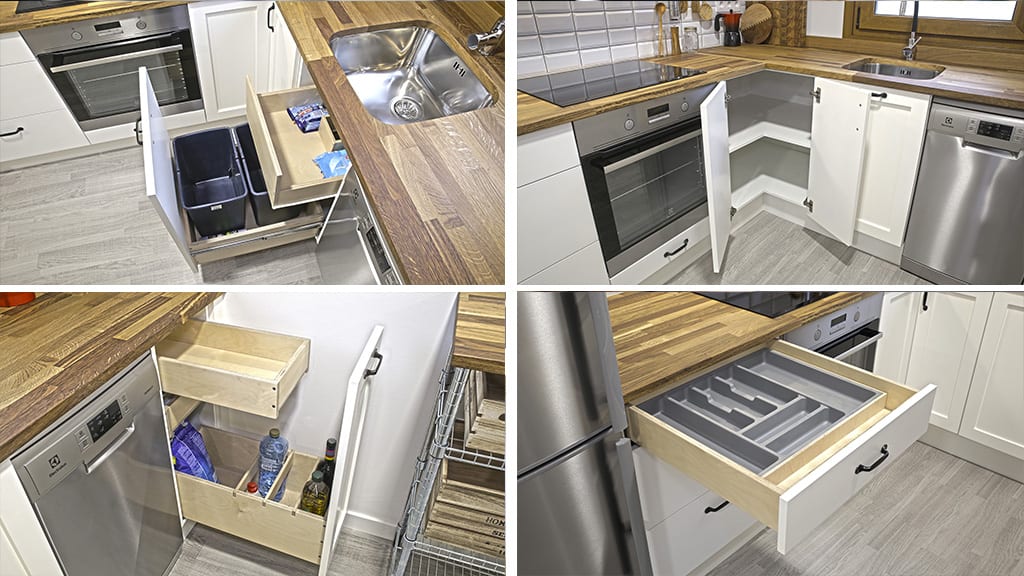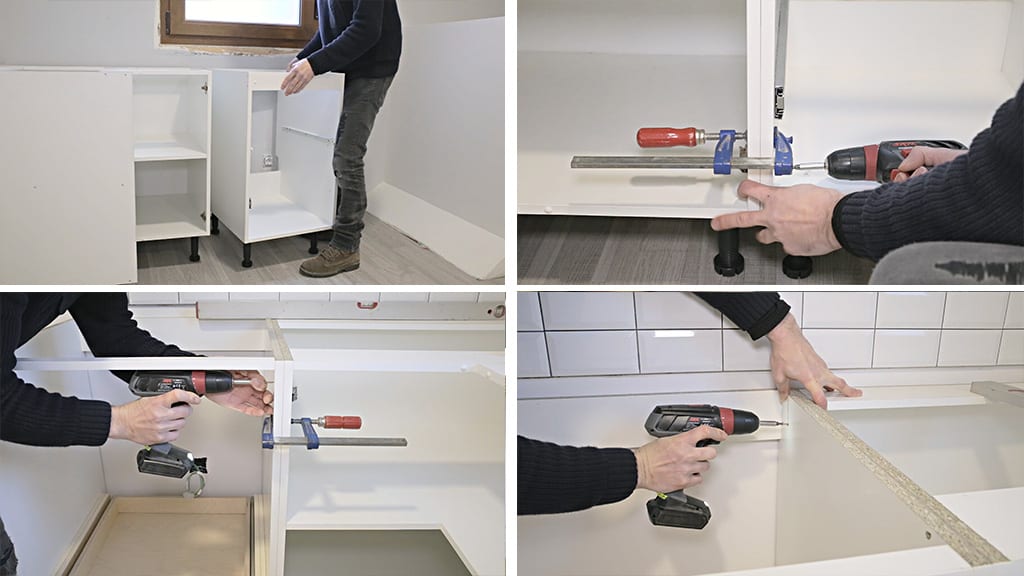


Installing European-style cabinets, also known as frameless cabinets, can be a bit different from traditional framed cabinets due to their design. European cabinets are sleek, and modern, and often require more precision for a seamless look. If you’re up for a DIY project or just want to know what to expect when hiring a professional, here’s a step-by-step guide on how to install them.
Below is the step by step guide to installing the Euro Cabinets.
Before installation, measure your kitchen or the space where the cabinets will be installed. Use your kitchen design plans or cabinet layout to mark where each cabinet will go.
It’s generally easier to install upper cabinets before base cabinets because you’ll have more room to work. Here’s how:

Now that the upper cabinets are installed, move on to the base cabinets.
Once the cabinets are installed and securely mounted, it’s time to attach the doors and hardware.
If your European cabinets come with drawers or interior organizers, follow the manufacturer’s instructions to install them.
Once all the cabinets, doors, and drawers are installed, go back through and make any final adjustments.
Installing European-style cabinets is a great way to create a sleek, modern kitchen, but it requires careful planning and precise installation. By following these steps and paying attention to leveling, alignment, and secure fastening, you can ensure your new cabinets are installed correctly and look great in your kitchen. Whether you choose to DIY or hire professionals, the results will give you the clean, streamlined look characteristic of European cabinetry.


Join our professionals program for exclusive discounts on all purchases. Become a Pro Member